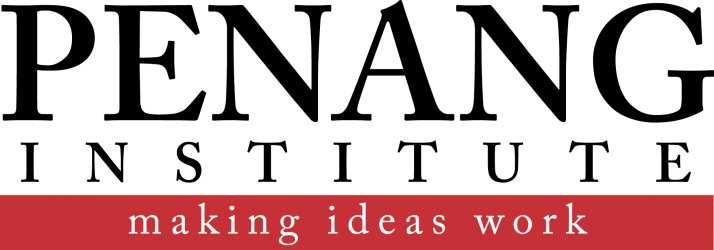Lyana Khairuddin, PhD
Penang Institute in Kuala Lumpur
With 12 years left towards the deadline set by UNAIDS to End AIDS, Malaysia still has a lot to catch up on. HIV/AIDS in Malaysia is a concentrated epidemic affecting <0.5% of the general population, with current policies have yet to solve the polemic of surrounding HIV/AIDS – where those at high risk of contracting HIV remains young, male, and Malay. Historically mainly affecting injecting drug users (IDUs), from 2012, the main route of HIV transmission has shifted to sexual transmission with men-who-have-sex-with-men (2016, 45.8% of new cases) and heterosexuals (2016, 38.7%), totaling to 84.5% HIV positive diagnosis through sexual transmission compared to only 11.2% IDUs. Further, despite highly subsidized and accessible anti-retroviral therapy (ART), treatment adherence remains low at 31.7% (26,144 of 82,572 who are eligible for treatment).
This presents both a medical and an economical problem towards Ending AIDS in Malaysia. As most people living with HIV (PLHIV) are 20-40 years of age, there exists a public health cost burden to continue providing lifetime ART access and treatment for other co-morbidities. Further, PLHIV are currently not eligible for private health and life insurance. This discriminates against PLHIV from mitigating financial risks when the mortality rate and cause-of-death of PLHIV are reaching similar trends to the general population. Aging PLHIV risks further transmission if left untreated and poses the risk of contracting other co-morbidities such as sexually transmitted infections and even tuberculosis. Current efforts in advocacy to prevent HIV transmission need to be accelerated while at the same time, PLHIV treatment access and adherence needs to be urgently addressed.
Policy recommendations to mitigate HIV/AIDS in Malaysia include: comprehensive sexual reproductive health (SRH) education that focuses on prevention of HIV through safe sex practices and breaking taboo surrounding SRH, reducing stigma against PLHIV to allow them to be employed and purchase health/life insurance, increase accessibility of ART by dispensing at after-hours clinics, ensure treatment adherence by expanding support group efforts by PLHIV-focused NGOs and subsidizing CD4/viral load tests, and ensure the availability and access of pre- and post-exposure prophylaxis (PrEP and PEP).
